
Recommendation
Tesla is at the leading edge of making self-driving cars a reality. By introducing Smart Summon in 2019, the company deployed the first real-world self-driving technology available to consumers. Through overnight updates, new elements are deployed regularly. While many car makers are increasing the range and sophistication of sensors to solve complex challenges, Tesla is focusing on a largely visual approach and discovering that a picture is worth more than a thousand lines of code. Though dense and fast-paced, this talk by Tesla’s AI leader Andrej Karpathy illuminates for the non-specialist some of the technical challenges Tesla is confronting as it develops viable self-driving cars.
Summary
About the Speaker
Andrej Karpathy is a specialist in deep learning. He is senior director of AI at Tesla and leads the computer vision team of Tesla Autopilot.









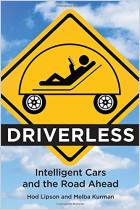
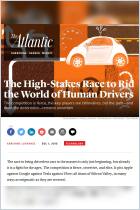
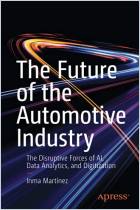
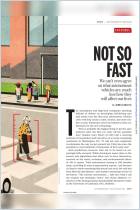
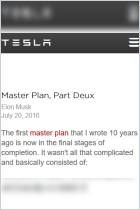
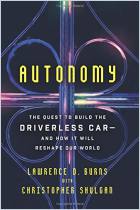
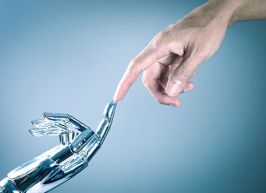
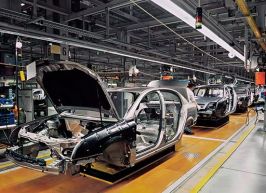




Comment on this summary or 开始讨论